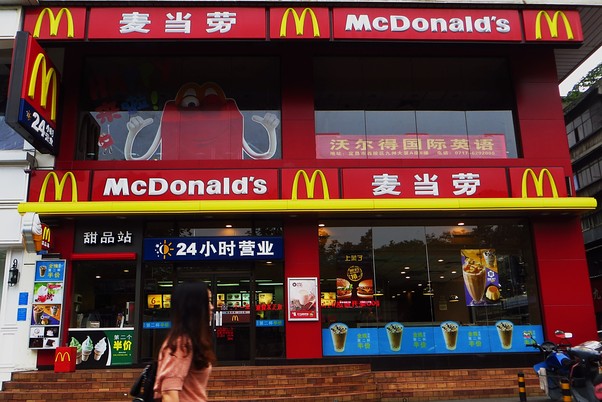In just two decades, private equity firms amassed over US$1.5 trillion in assets in China, lured by the promise of hefty returns. However, a perfect storm of economic challenges, political uncertainties, and global market fluctuations has turned what was once a promising frontier for buyouts into an uncertain landscape for long-term investing.
The struggle to offload once-promising investments has intensified as public markets in China face a slump, offering unattractive valuations. Faced with these challenges, buyout firms are exploring alternative strategies to navigate the storm. Some are turning to private sales, but secondary buyers are demanding discounts of 30% to more than 60%, significantly higher than the haircuts in Europe and the US, which hover around 15%.
Another strategy being considered is the setup of continuation funds, allowing firms to retain holdings for several more years. However, this approach is proving to be equally challenging, leaving private equity investors and advisers grappling with limited exit options.
Prominent firms like Blackstone-backed PAG and Carlyle Group find themselves caught in the struggle. PAG, overseeing US$50 billion with a focus on Asia, has been attempting to arrange a tender offer for approximately US$1 billion of assets in prior funds. Carlyle Group and Trustar Capital, meanwhile, are seeking a partial exit for their investment in McDonald’s Corp’s operations in Hong Kong and China, potentially a US$4 billion deal.
However, not all hope is lost. Transactions like the potential McDonald’s deal may proceed under the right conditions. Robust company earnings can make a partial private cash-out more feasible, even in a market where public offerings are unattractive.
Yet, the challenges facing private equity extend beyond specific deals. After years of growth, institutional clients, particularly US pension systems, have reached their allocation limits to the sector, making it harder for smaller money managers to raise funds in an era of rising interest rates. Secondary buyers also face challenges in pricing risk, with some potential clients expressing reservations about the quality of certain Asia PE firms and their assets.
Deals involving private equity firms in China are on track to decline for the second straight year, with data indicating a 50% plunge last year. The industry raised a mere US$33.3 billion collectively last year, the smallest haul since 2013. The challenges with valuations and exits have resulted in an increase in dry powder, reaching US$216 billion by the end of 2022.
Clients are now showing more interest in funding deals in other parts of the region, such as India, Vietnam, South Korea, Australia, Japan, and the preferred destination—the US, where returns have outpaced those in Asia.
While China’s private equity landscape faces headwinds, some, like Citadel founder Ken Griffin, emphasize the importance of not ignoring opportunities in China altogether. Hillhouse, for instance, is gauging international investor interest for a multibillion-dollar fund to acquire distressed Chinese firms.
In the midst of challenges, Yichen Zhang, CEO of Trustar Capital, acknowledges that weaning China’s economy off real estate will take time. Despite a tough fundraising environment, he remains optimistic, stating that the greatest companies are often built in challenging times. The private equity industry in China may be facing headwinds, but amidst the storm, opportunities and resilient strategies may well define the next chapter in China’s investment landscape.
(Source: Cathy Chan | Preeti Singh | Bloomberg | SCMP | Edge Malaysia)







